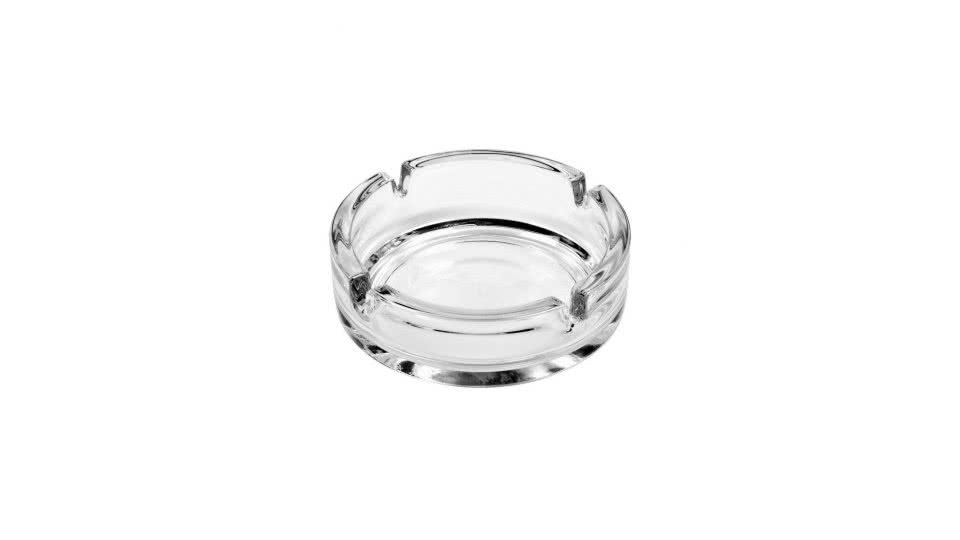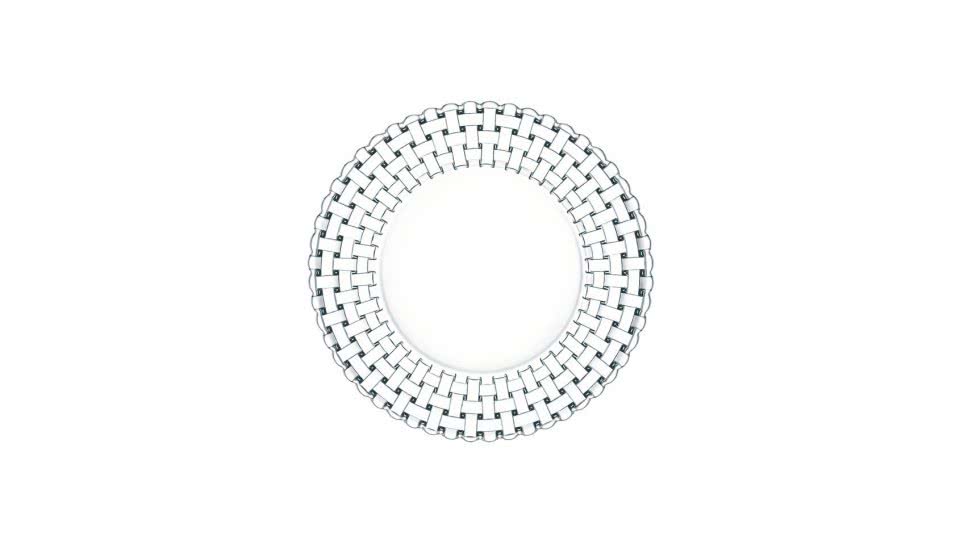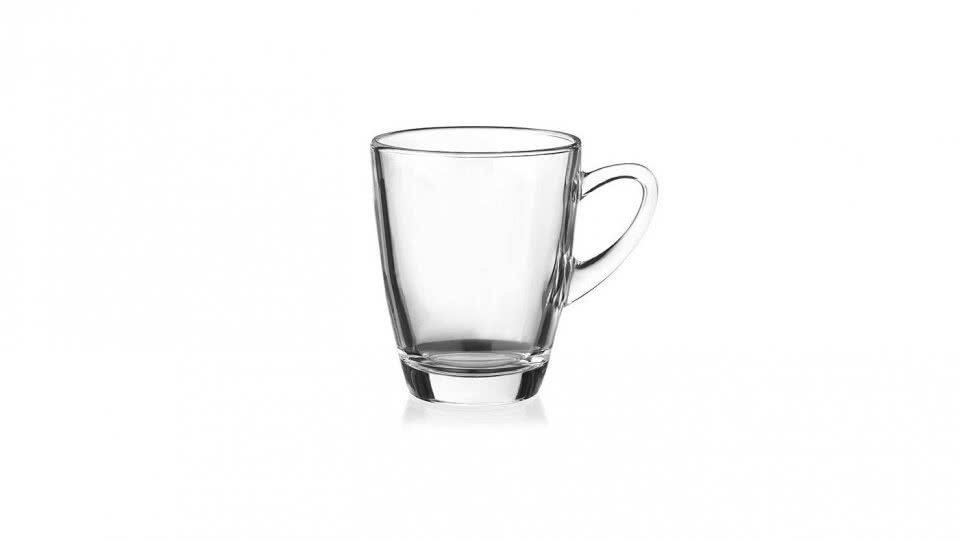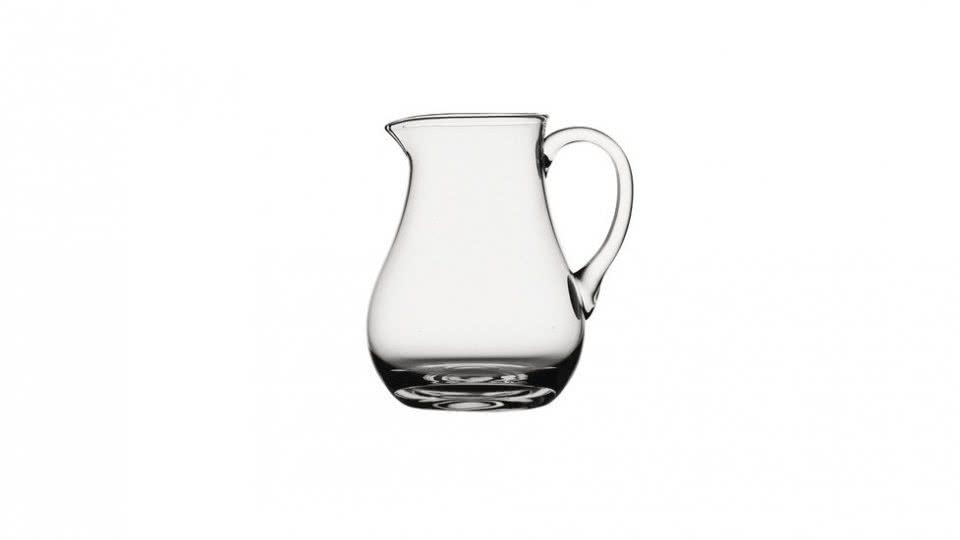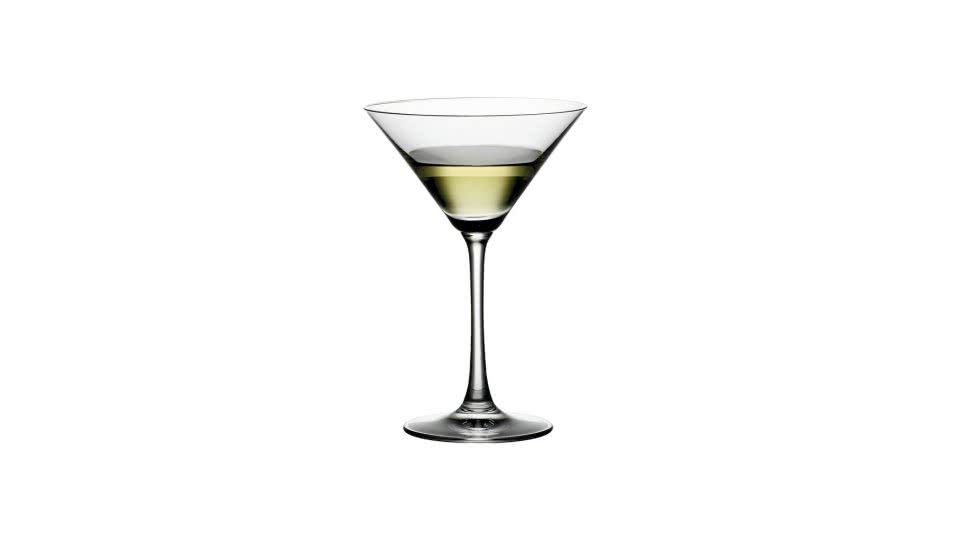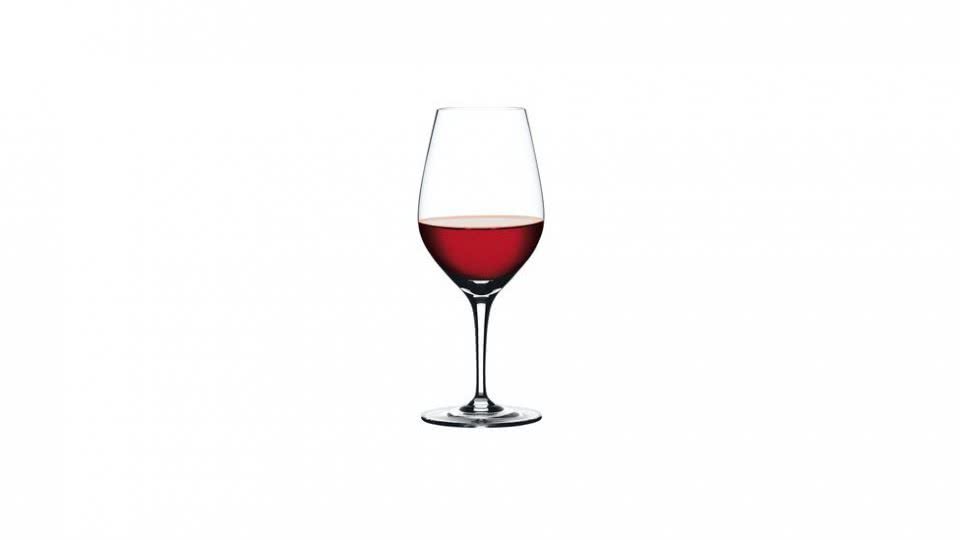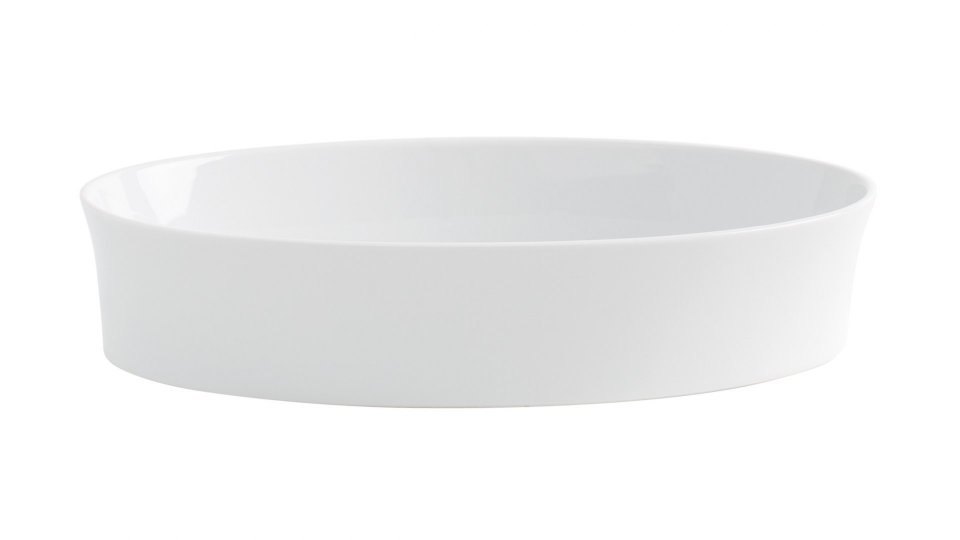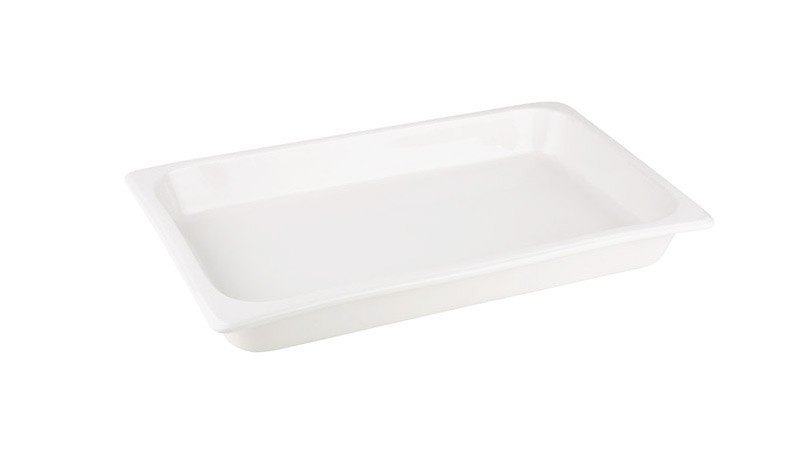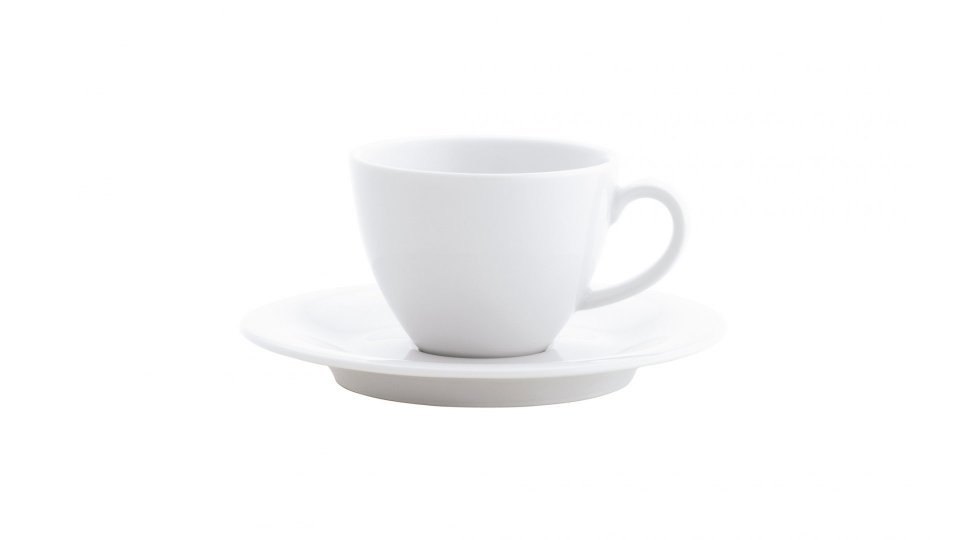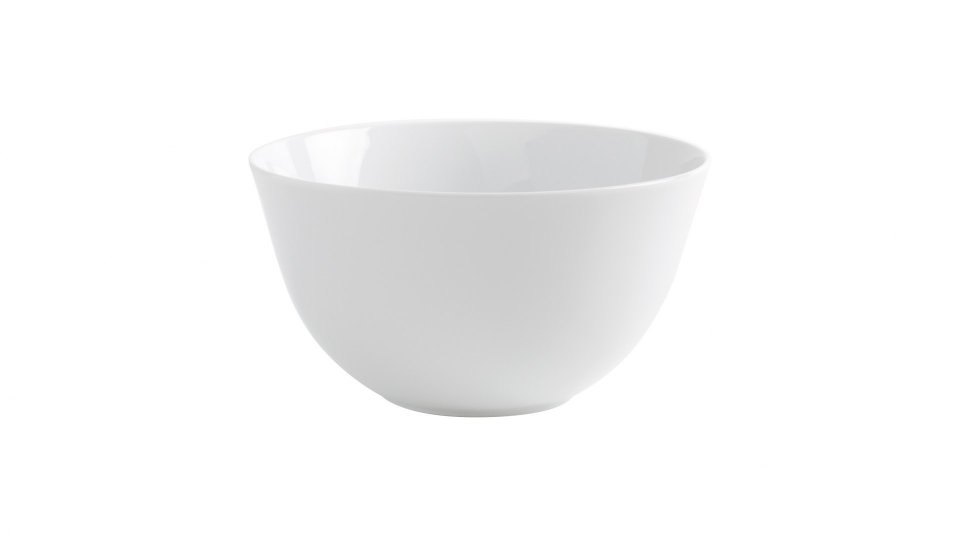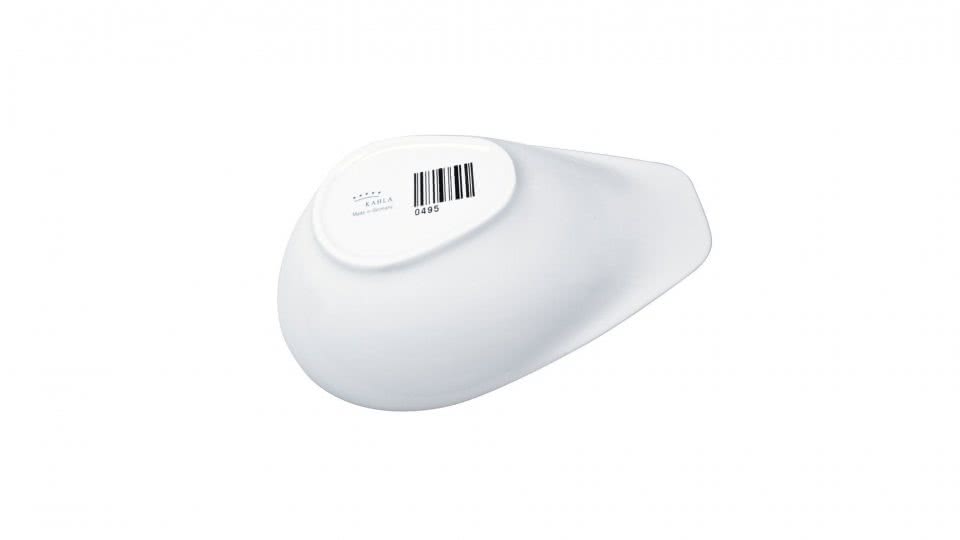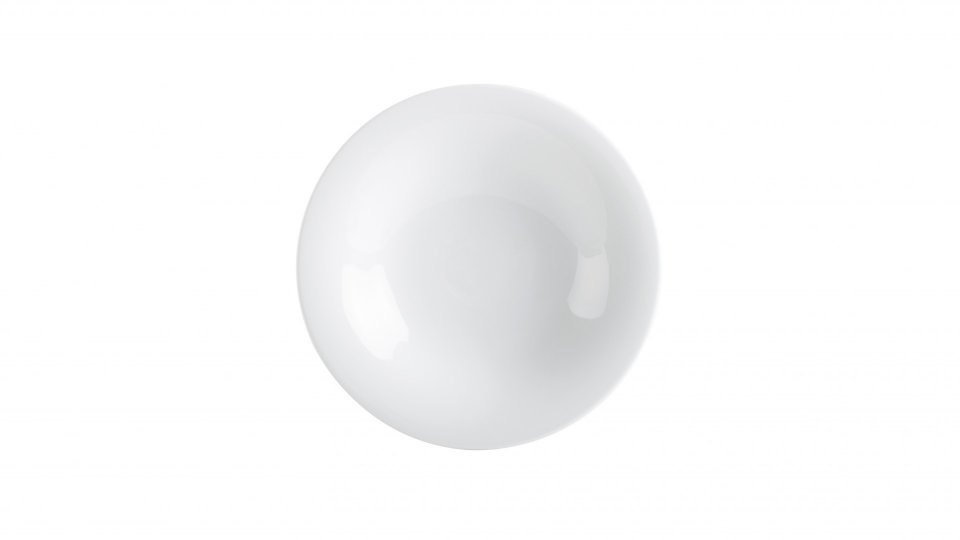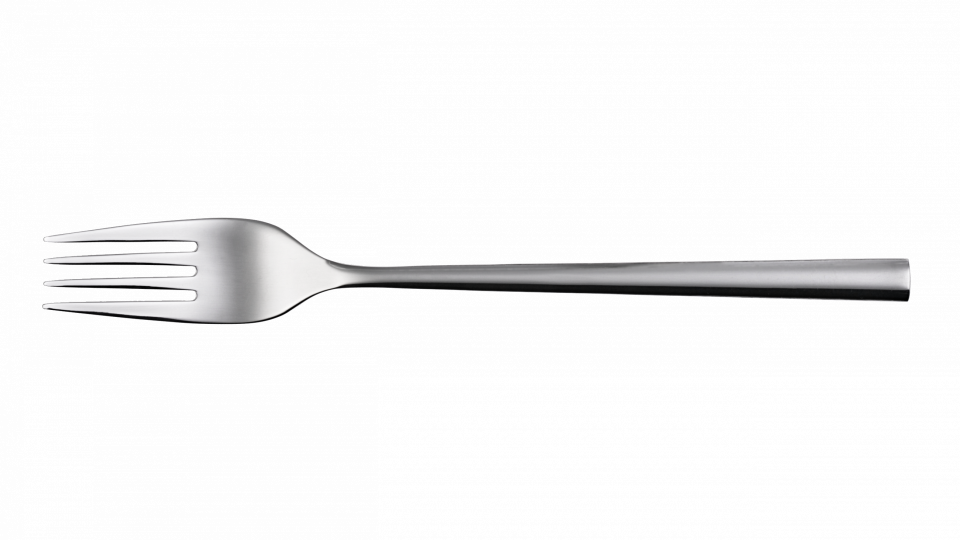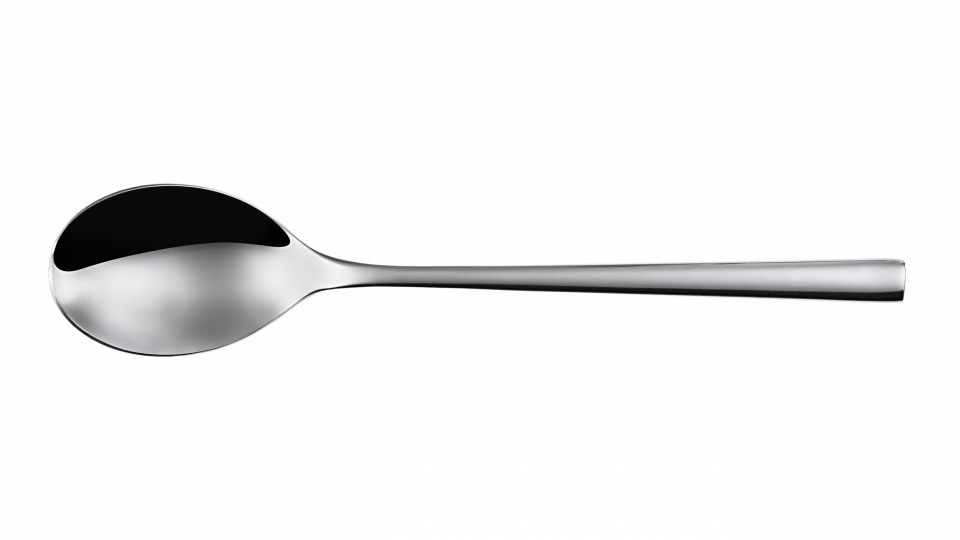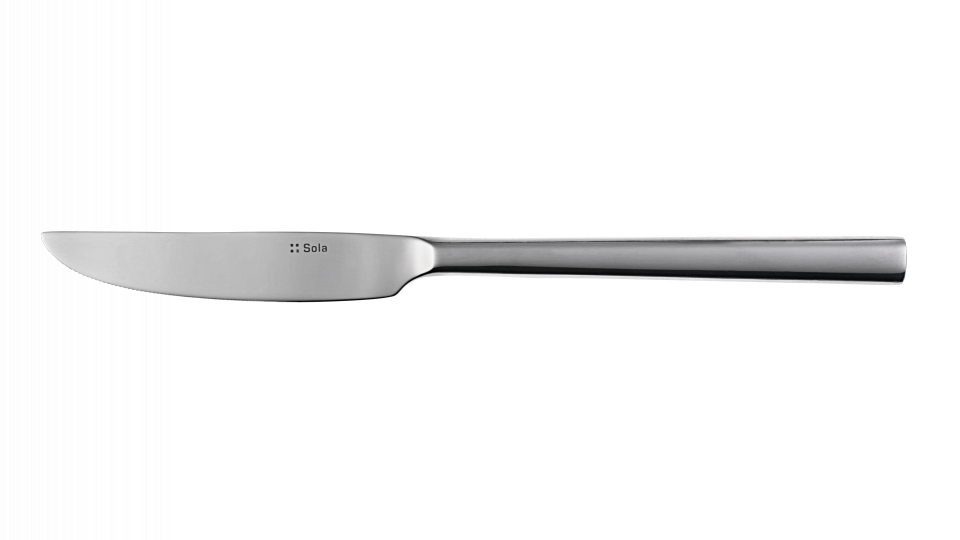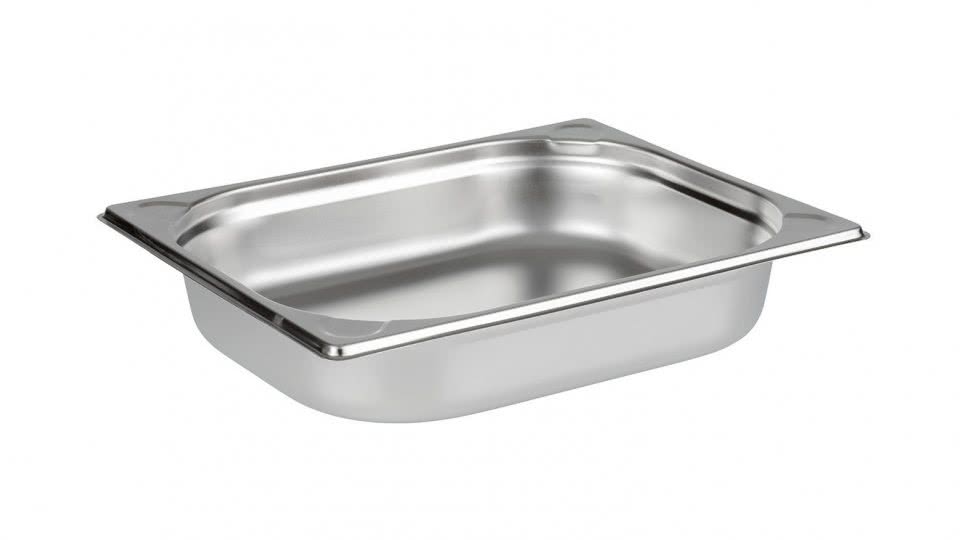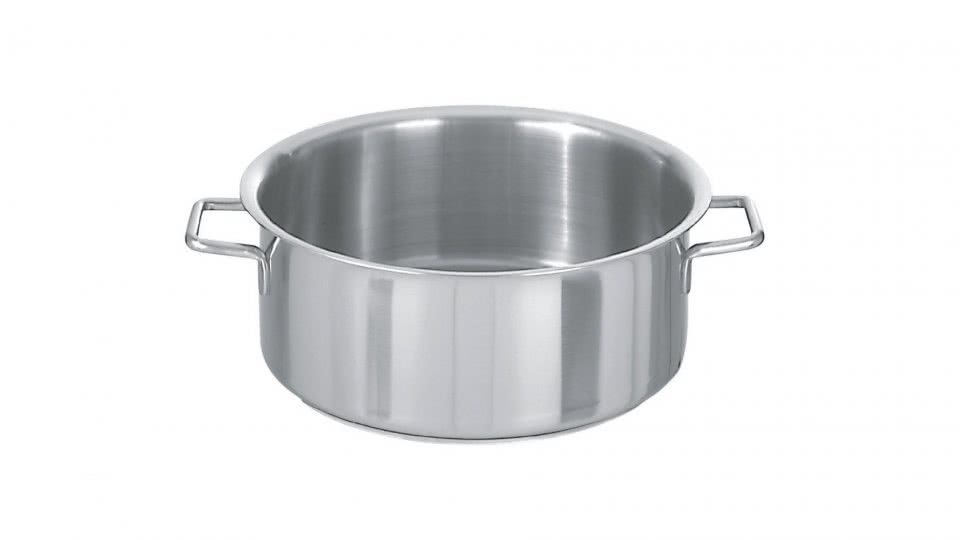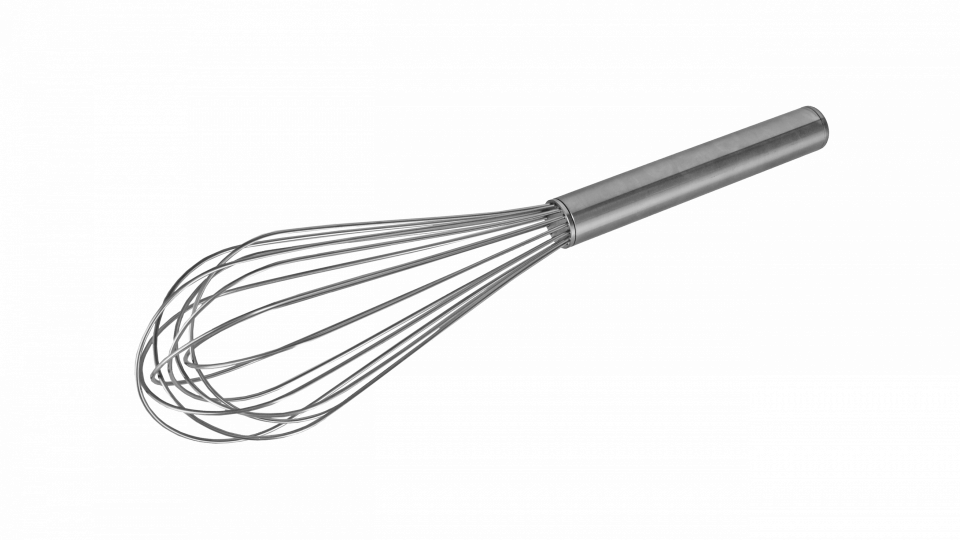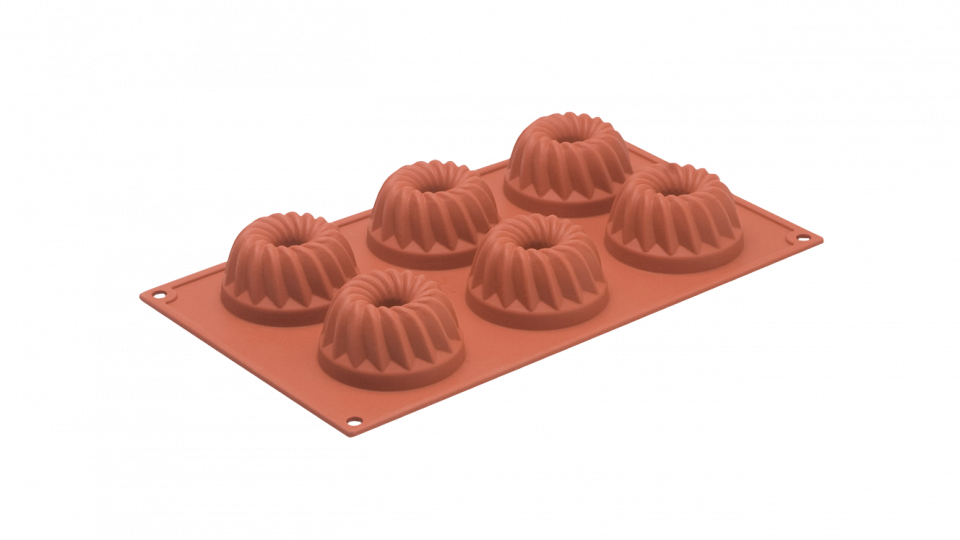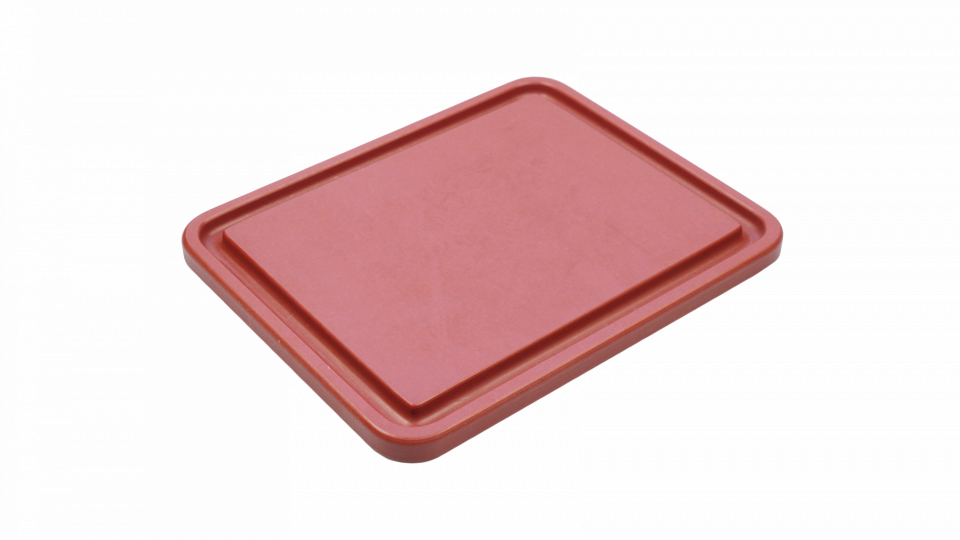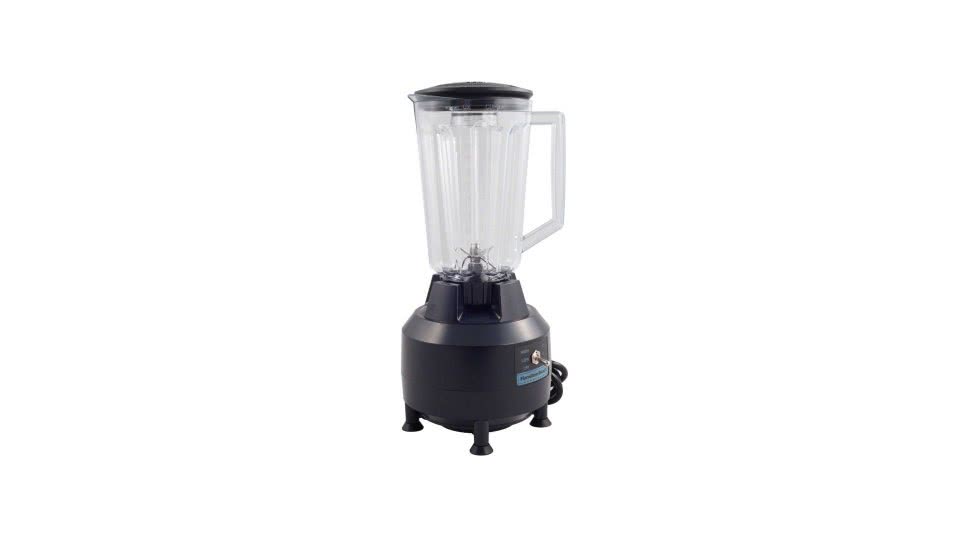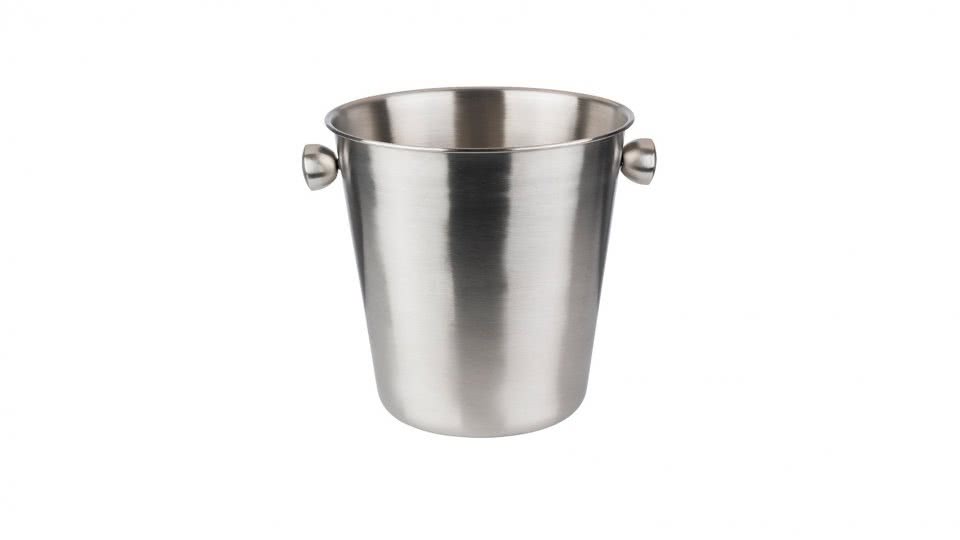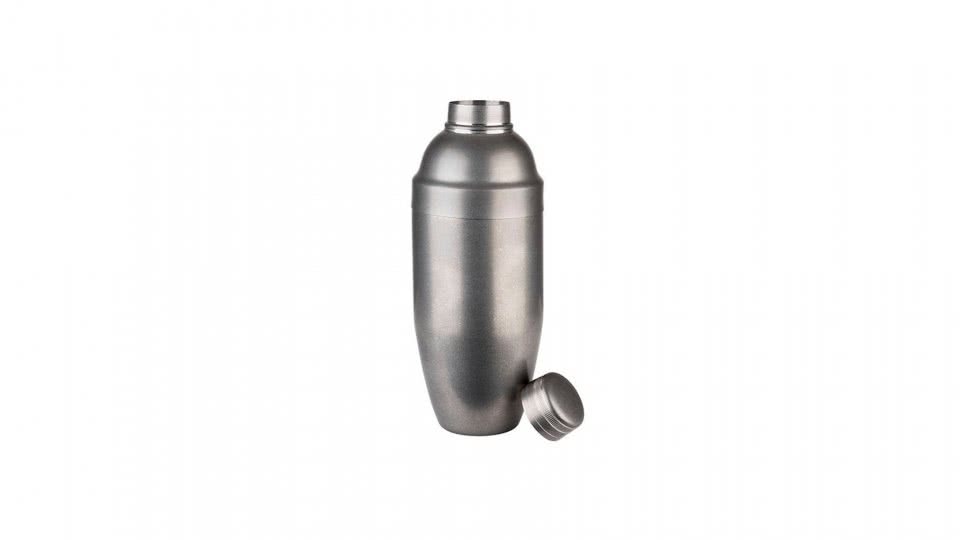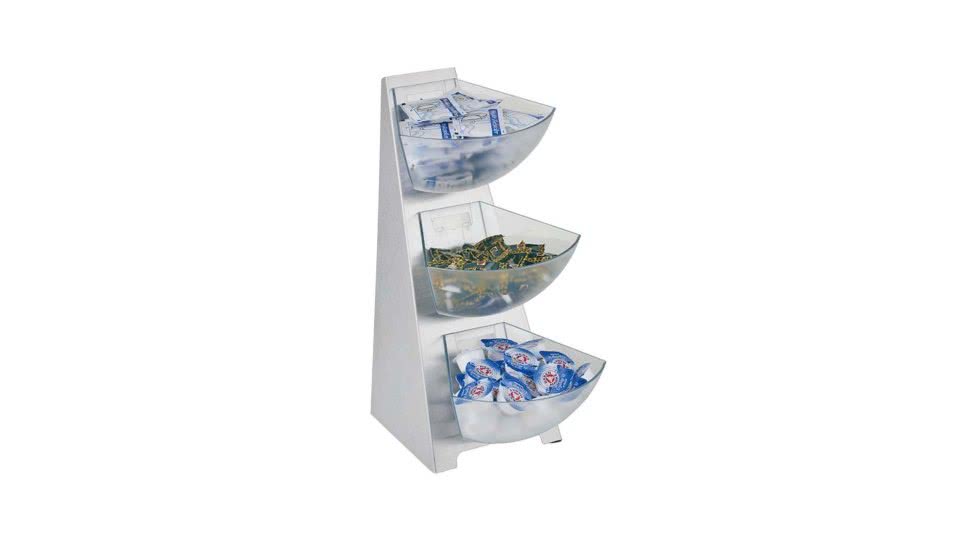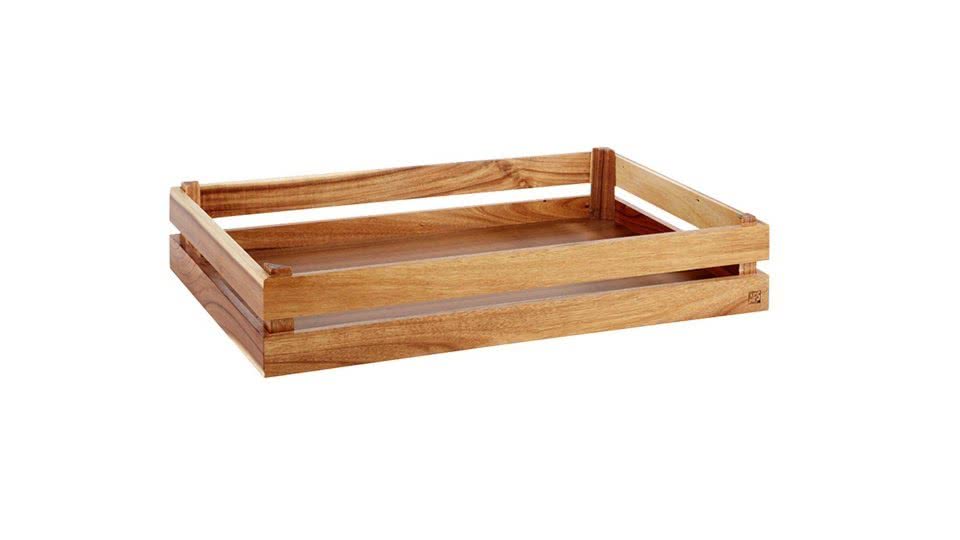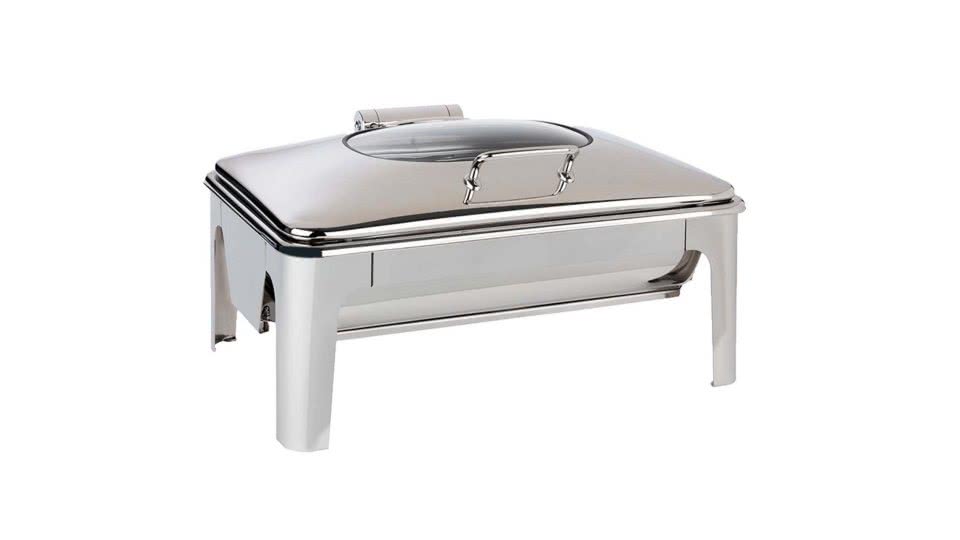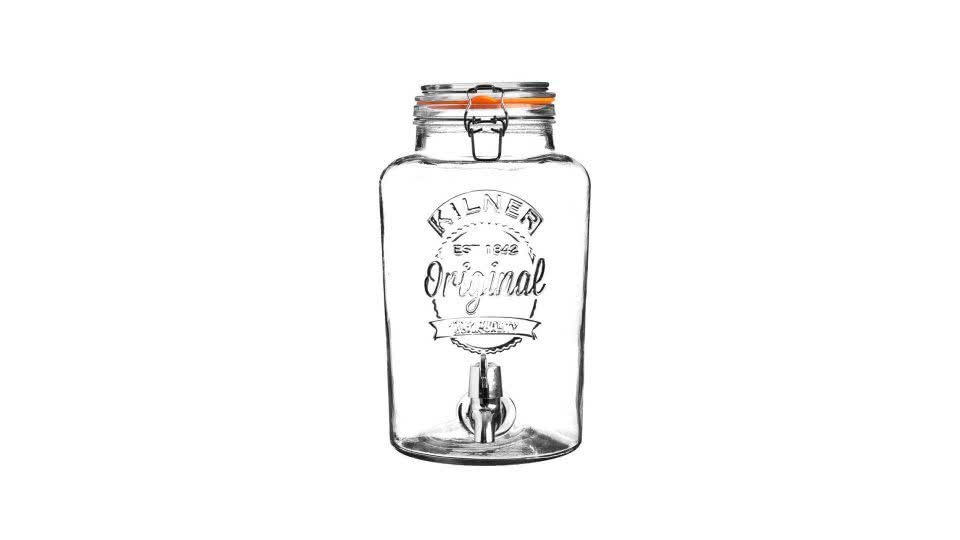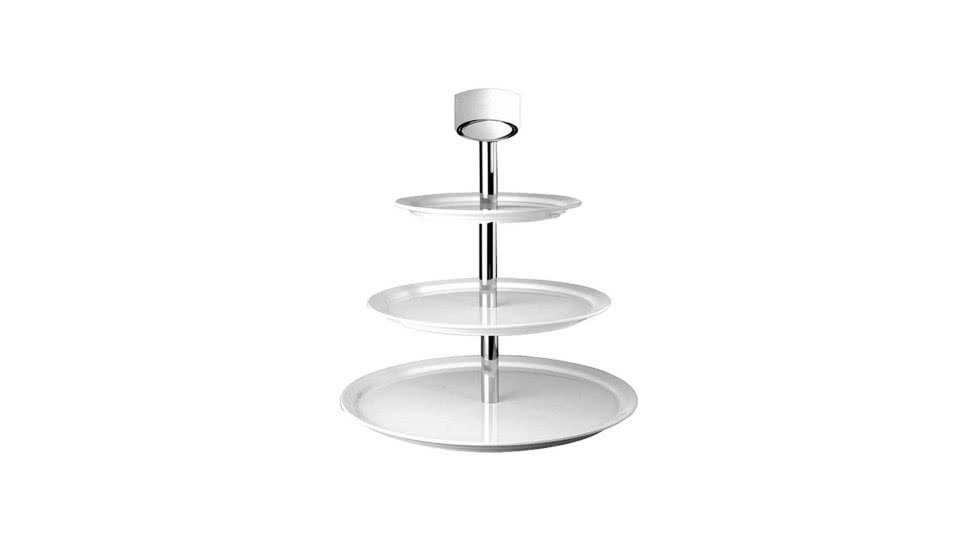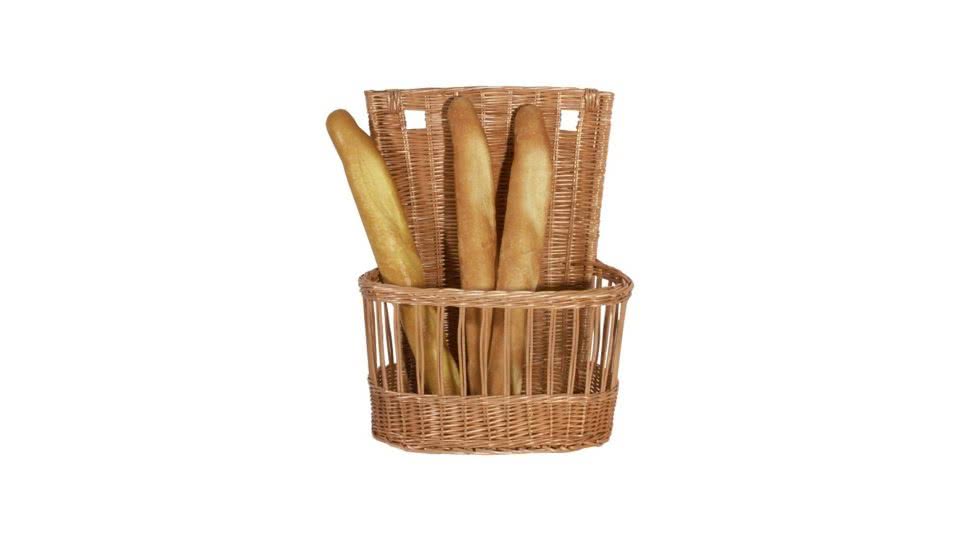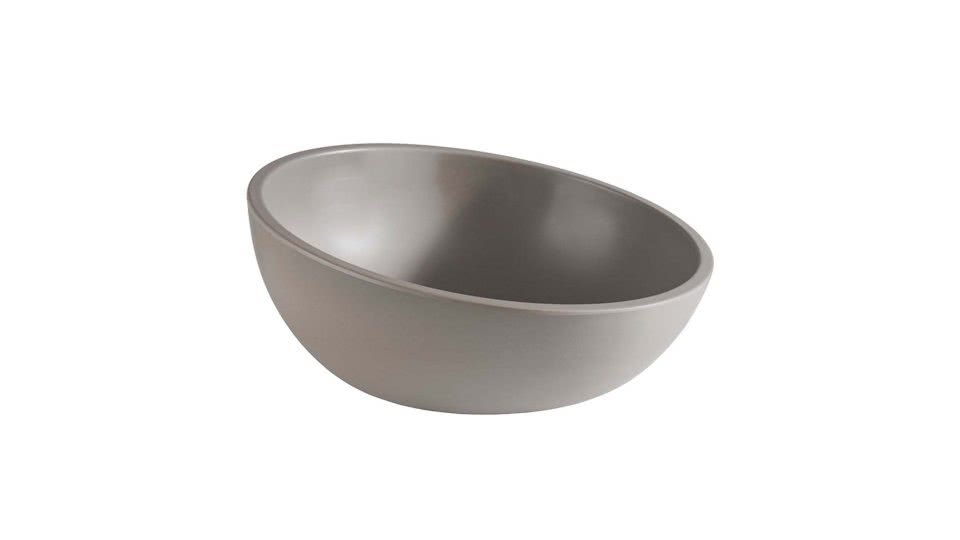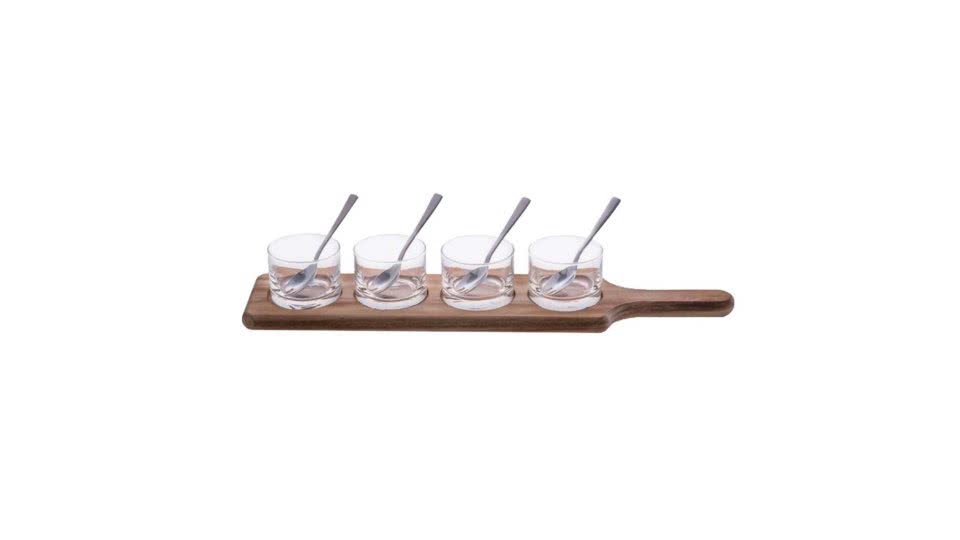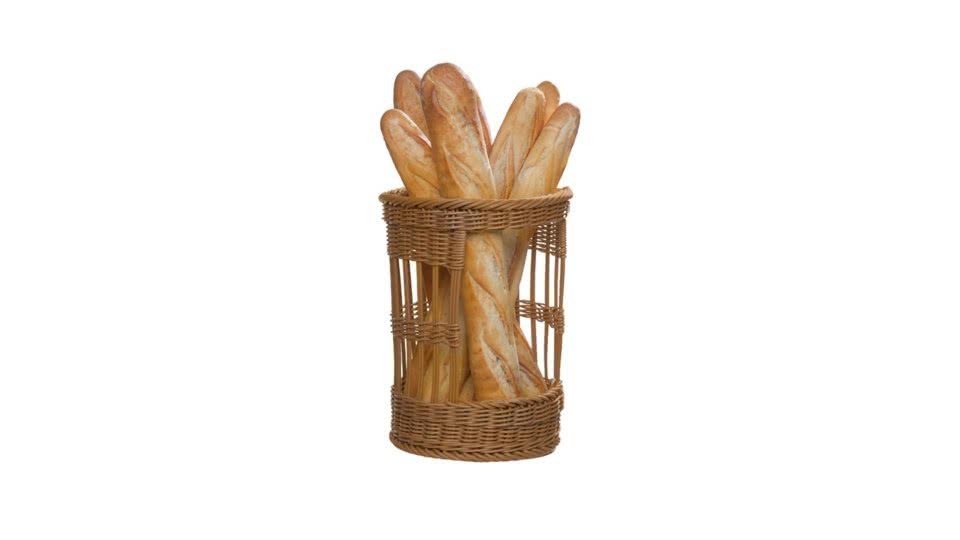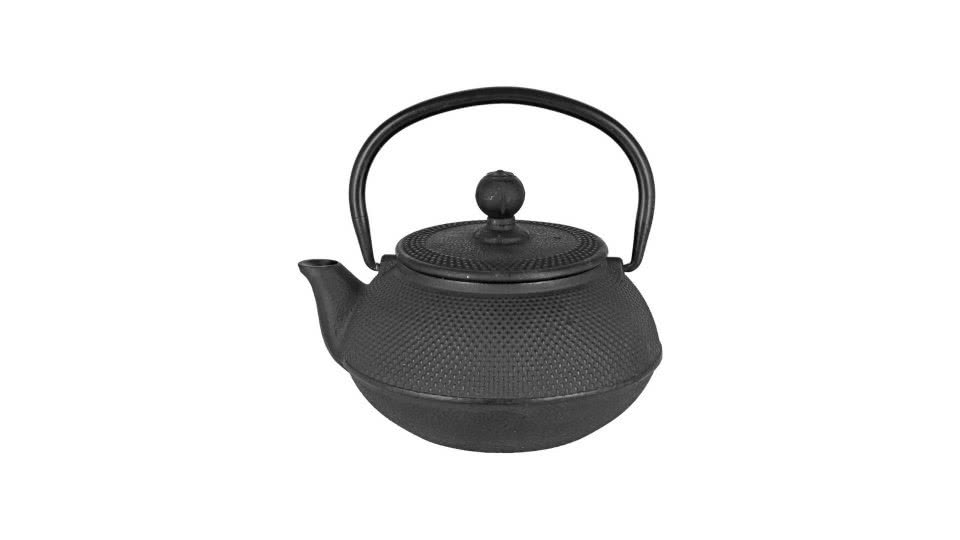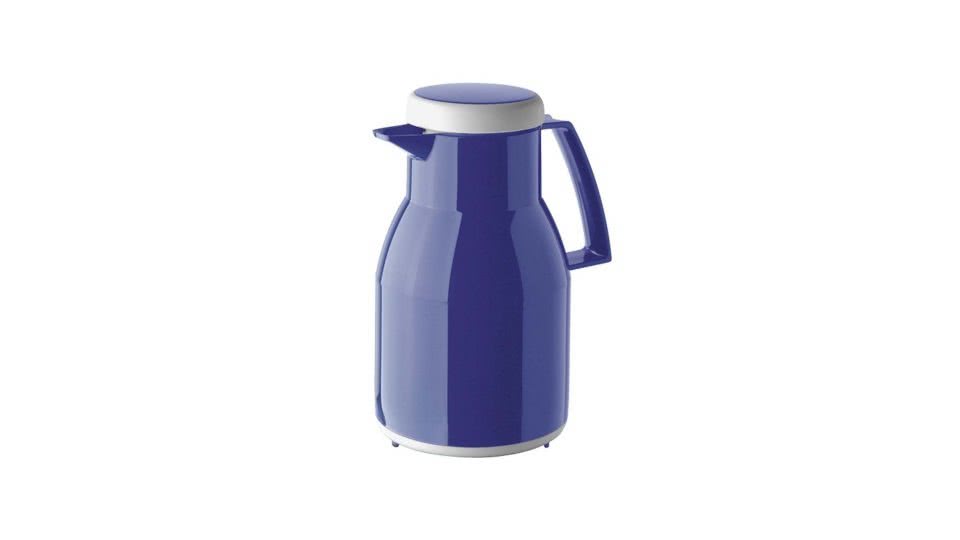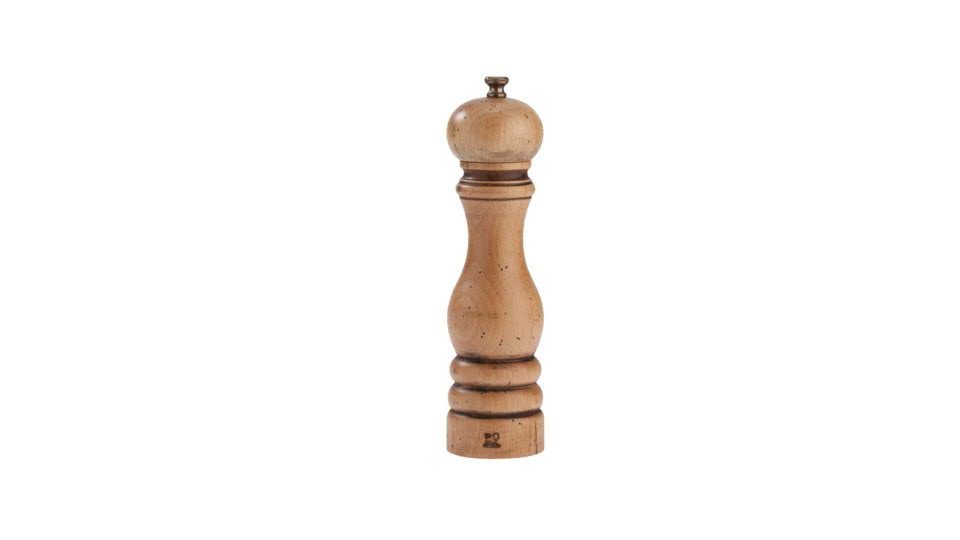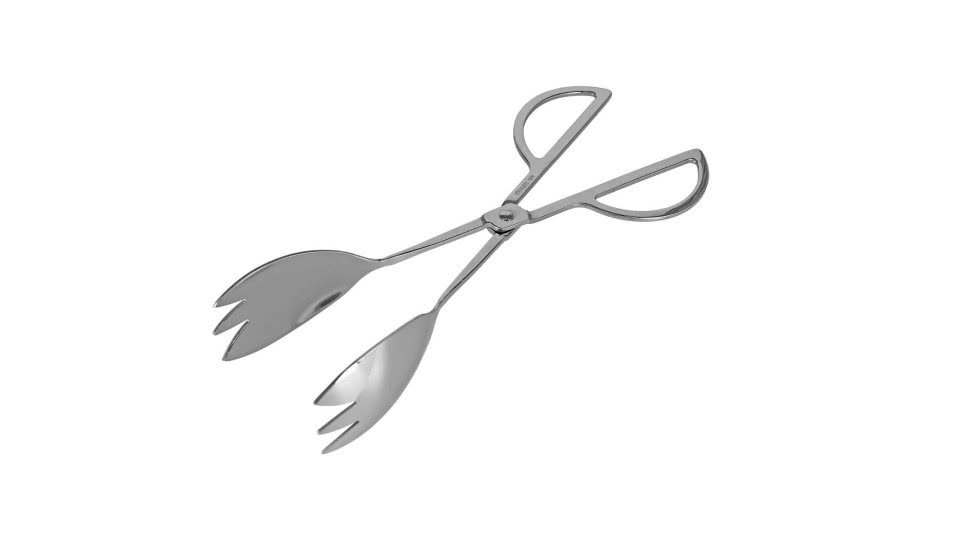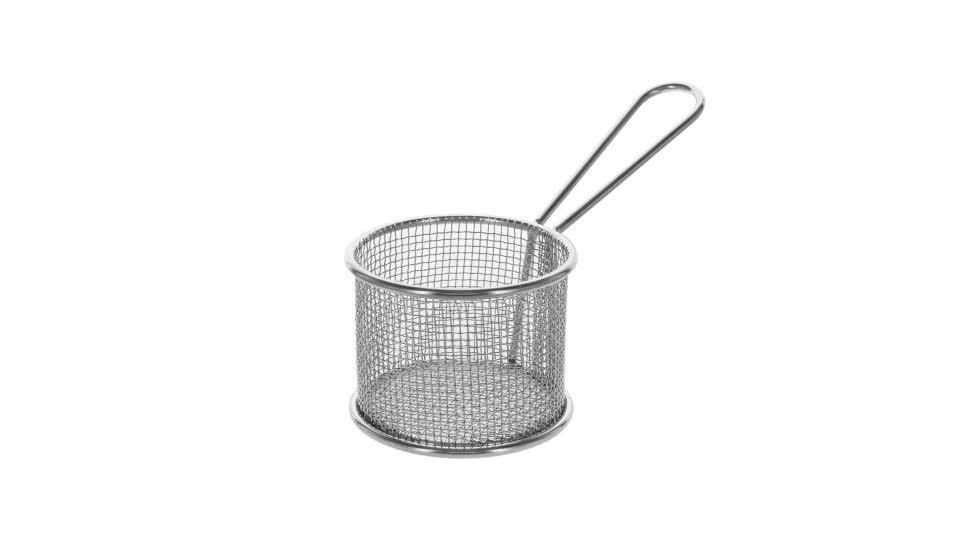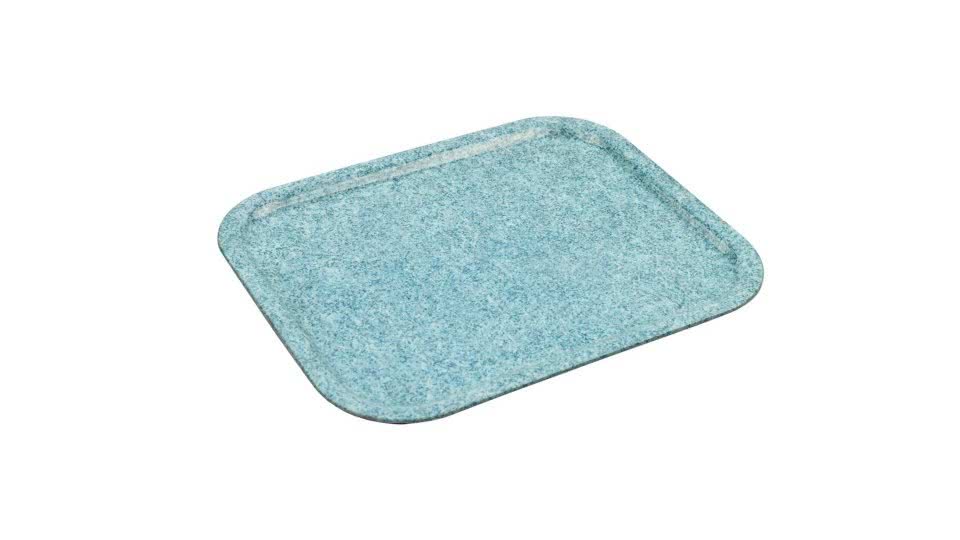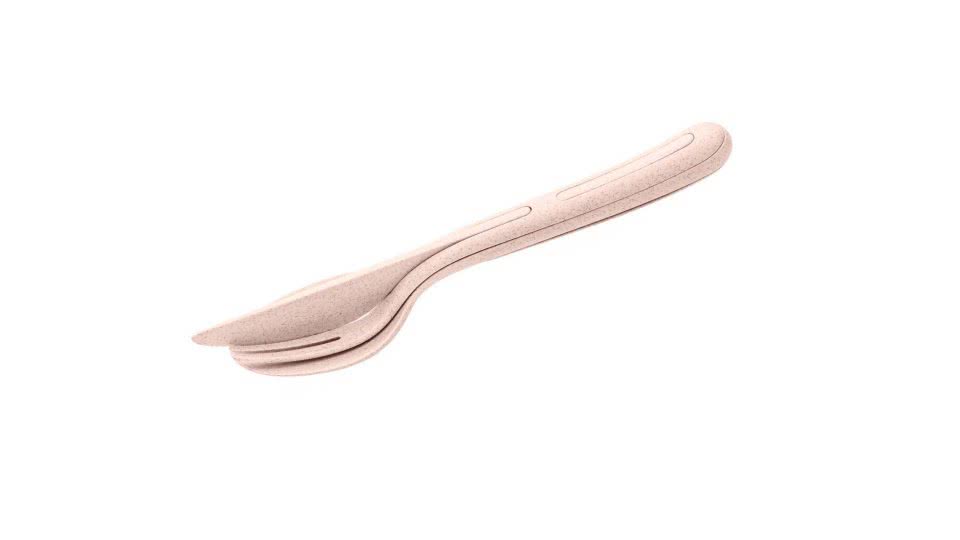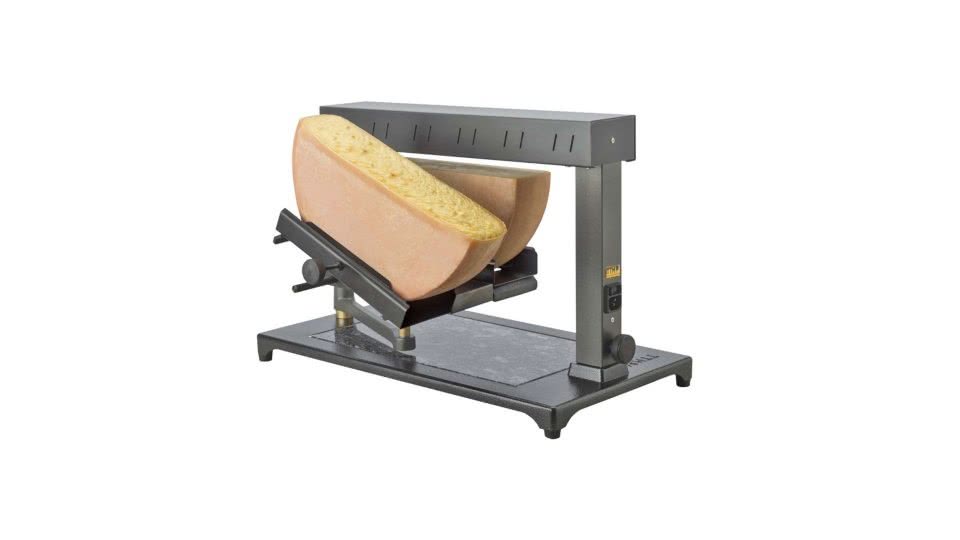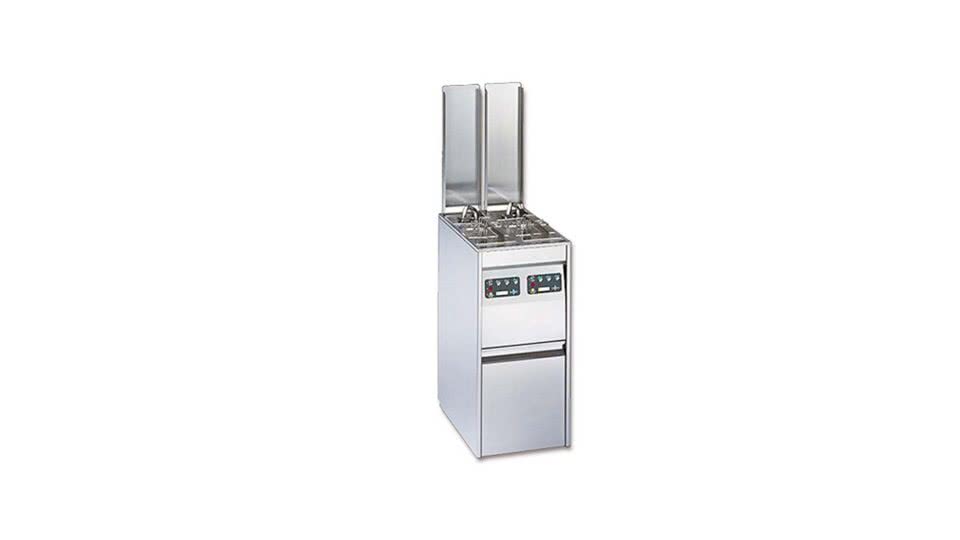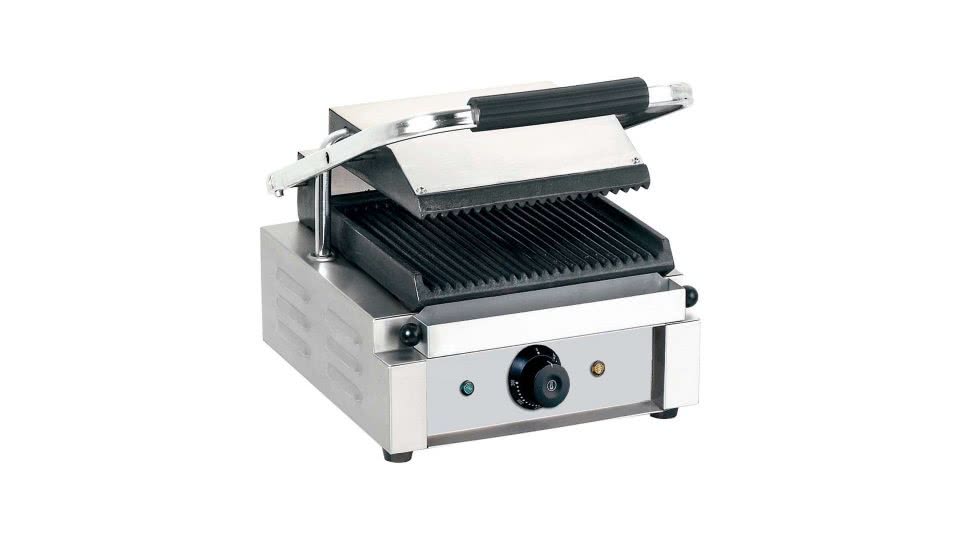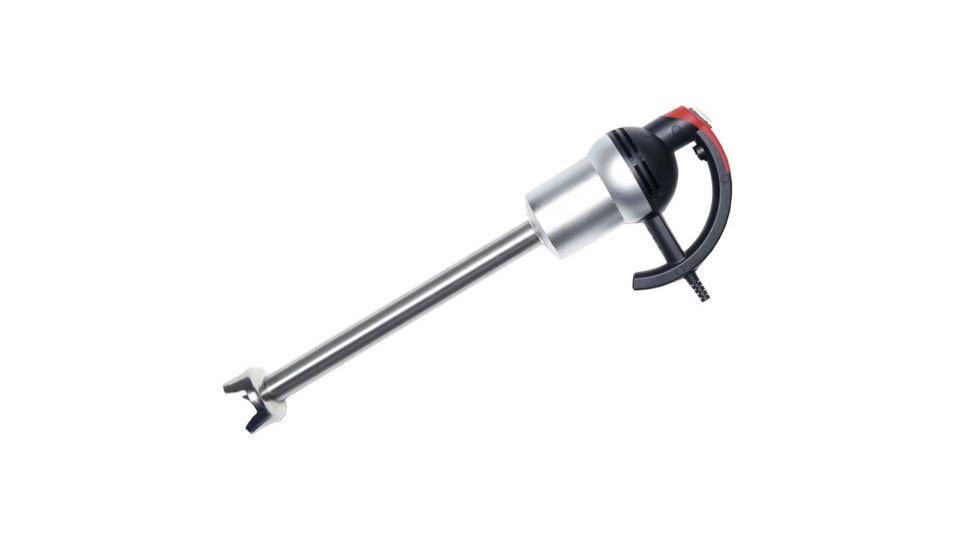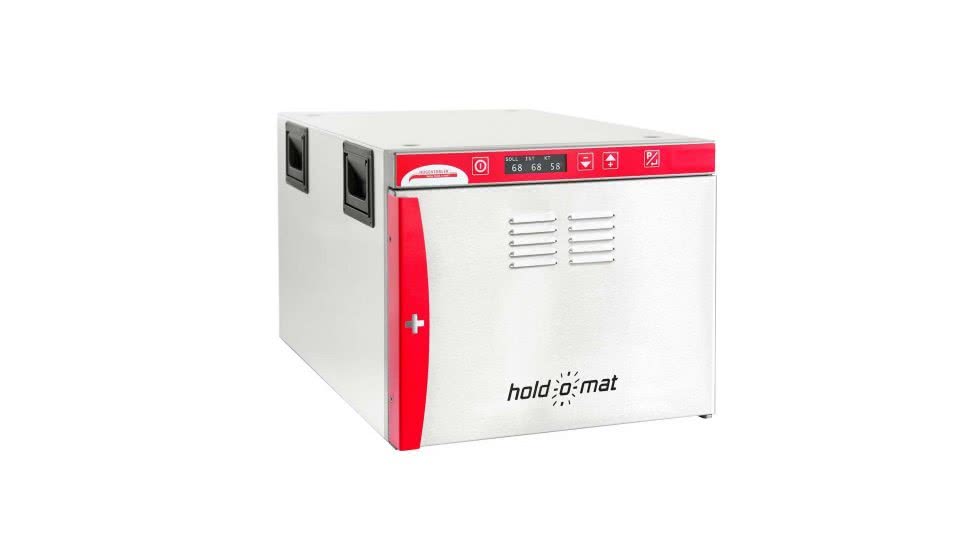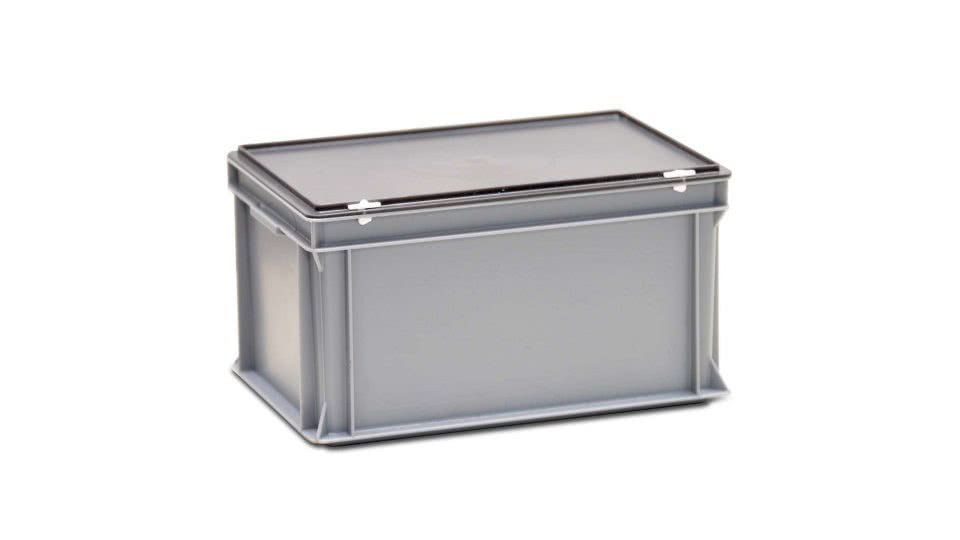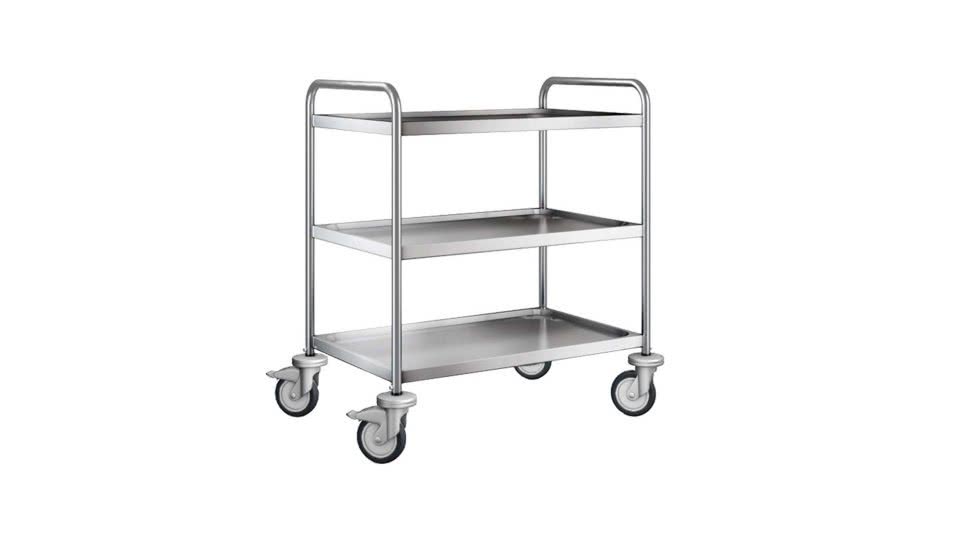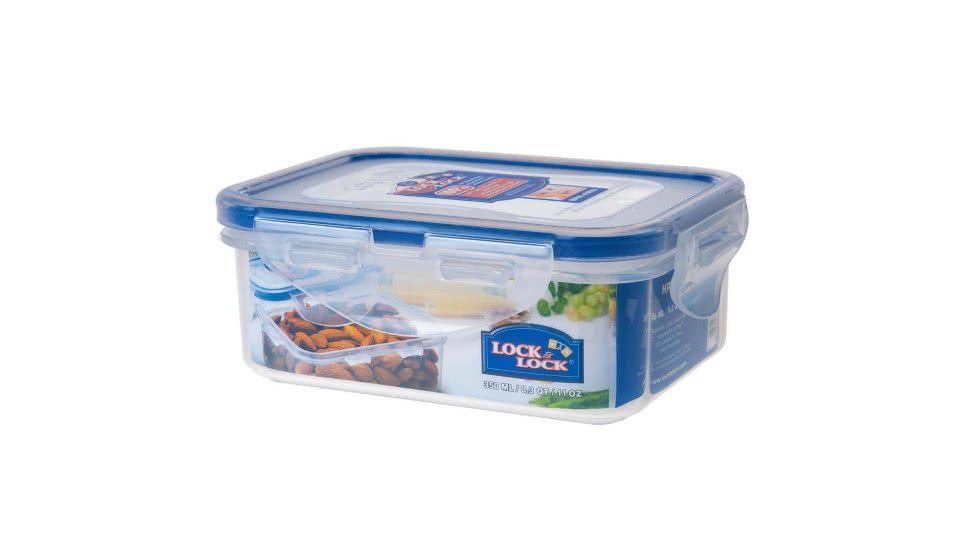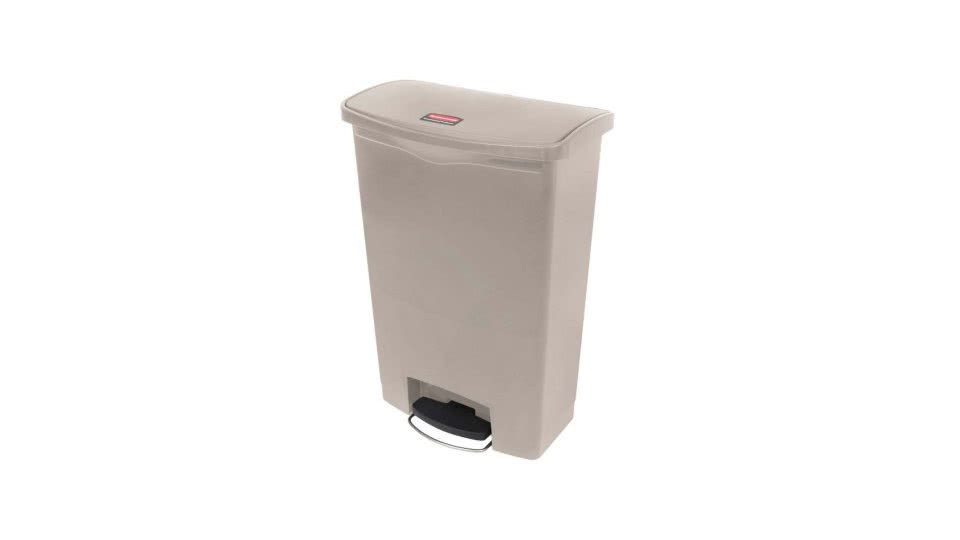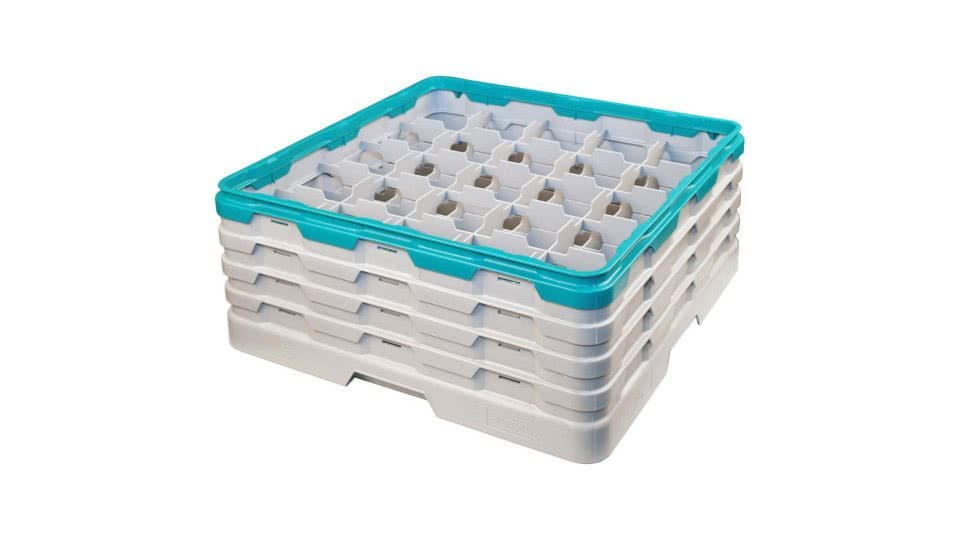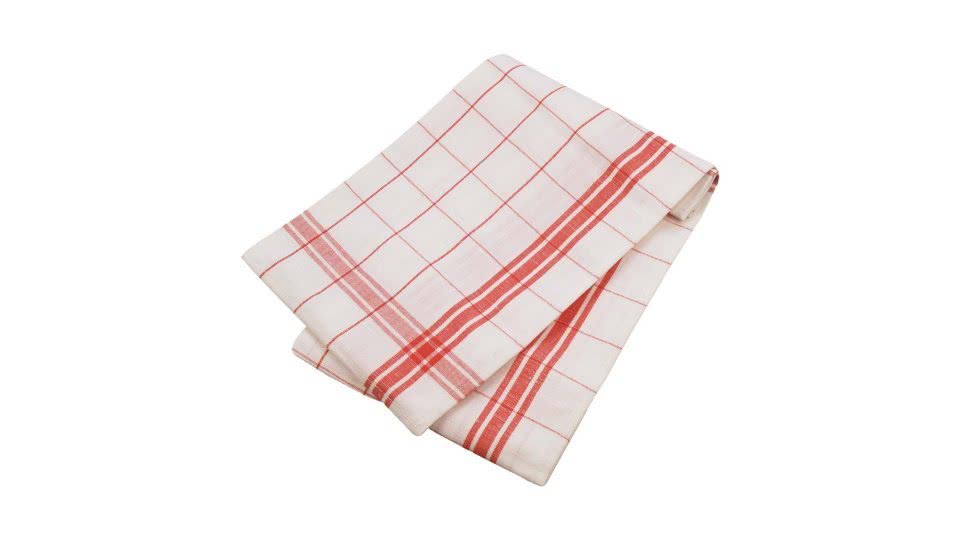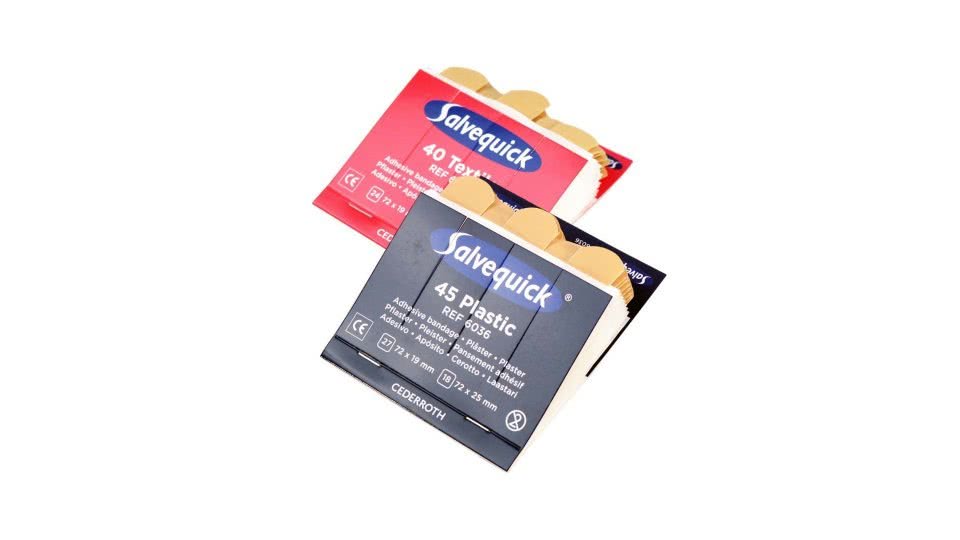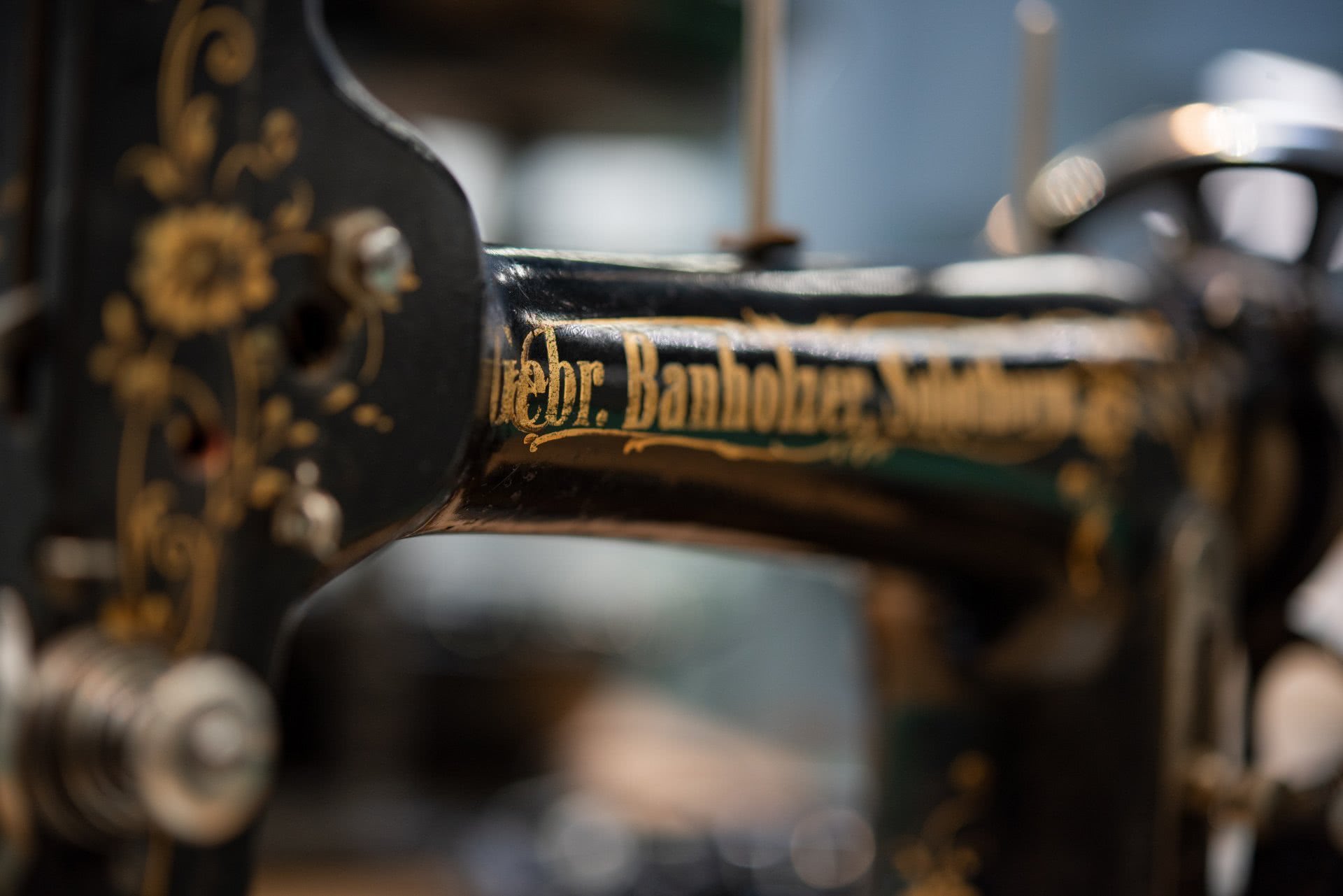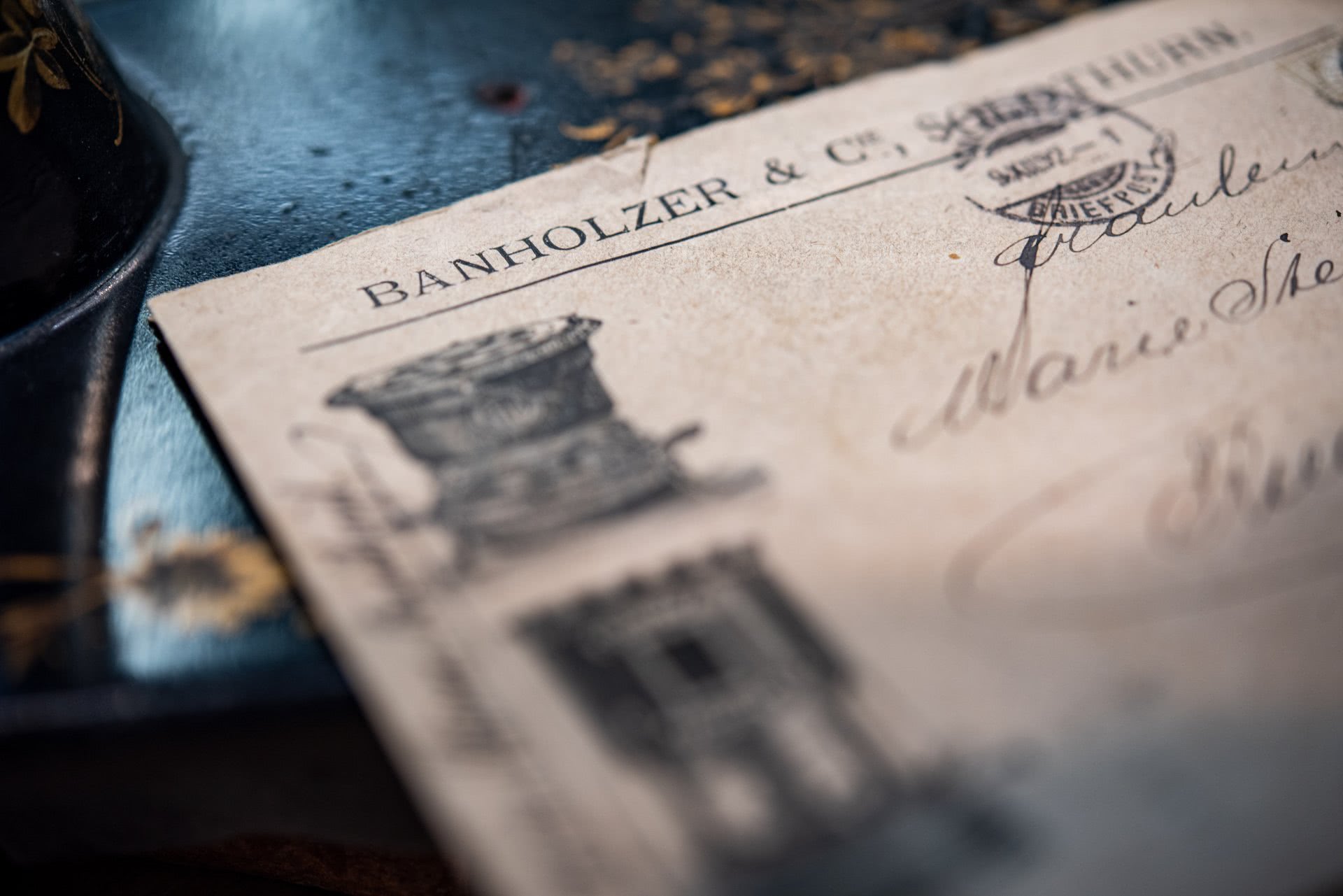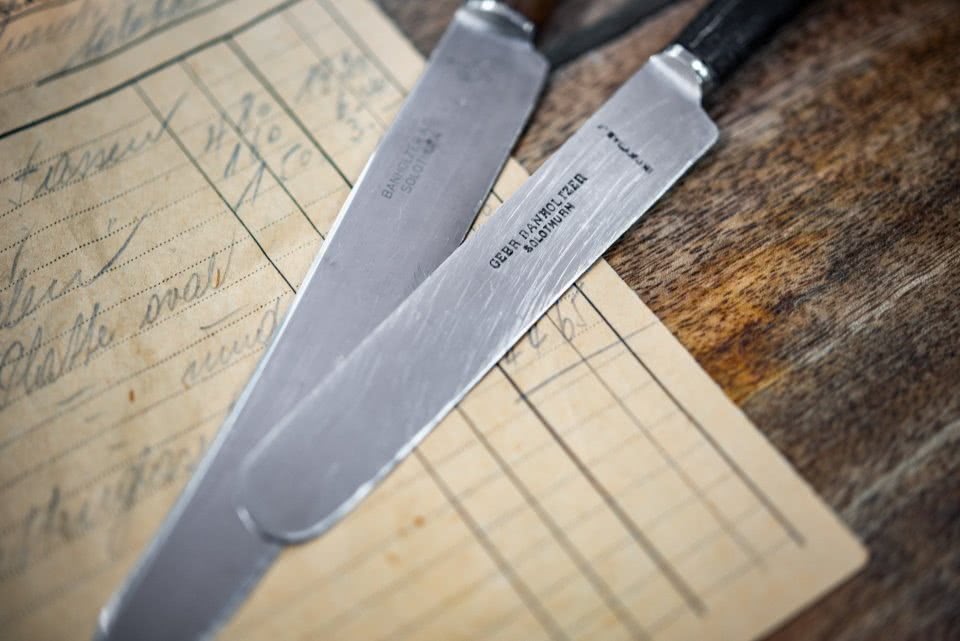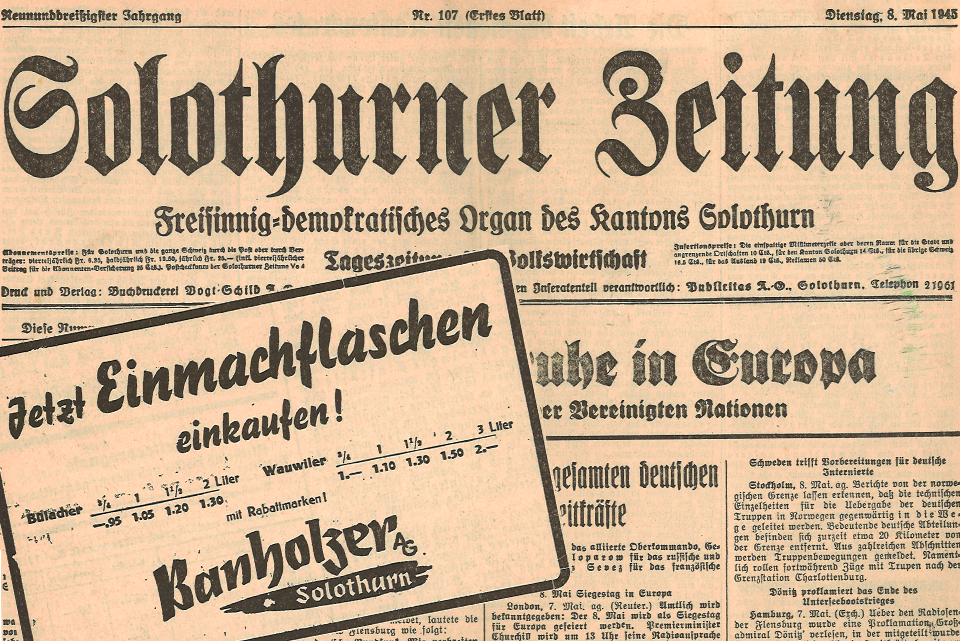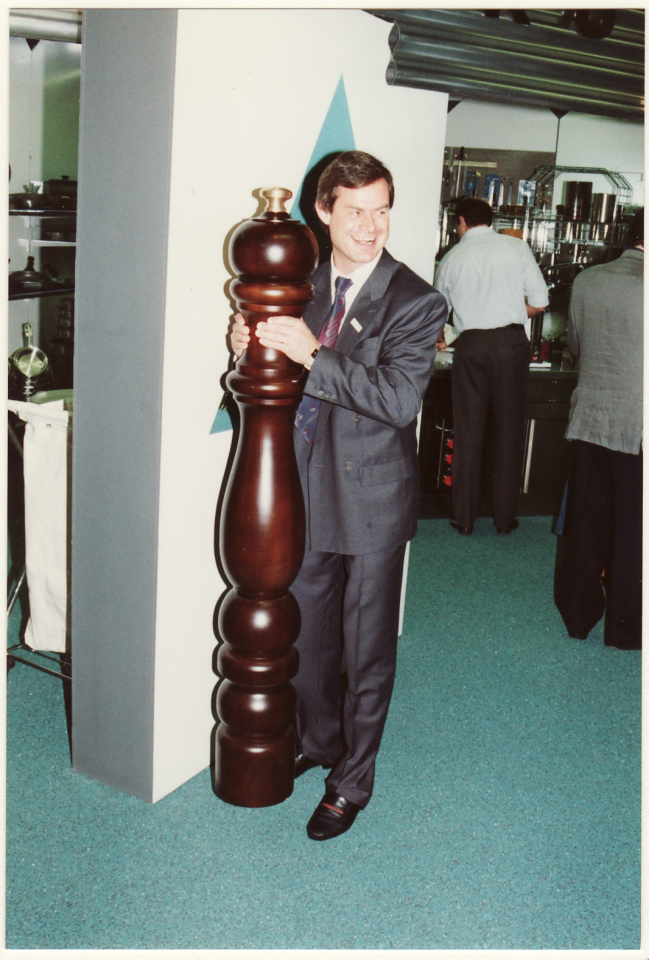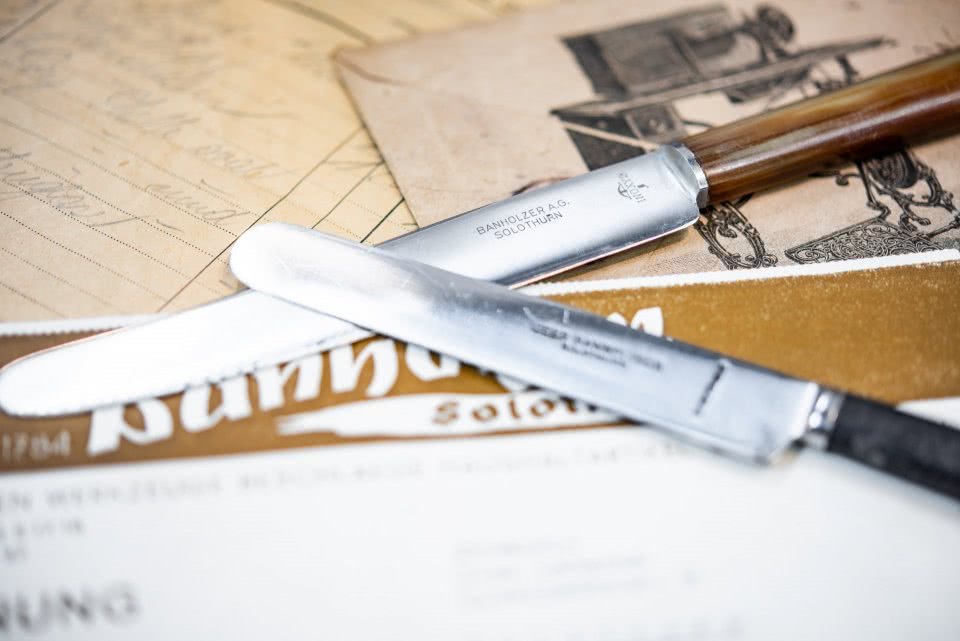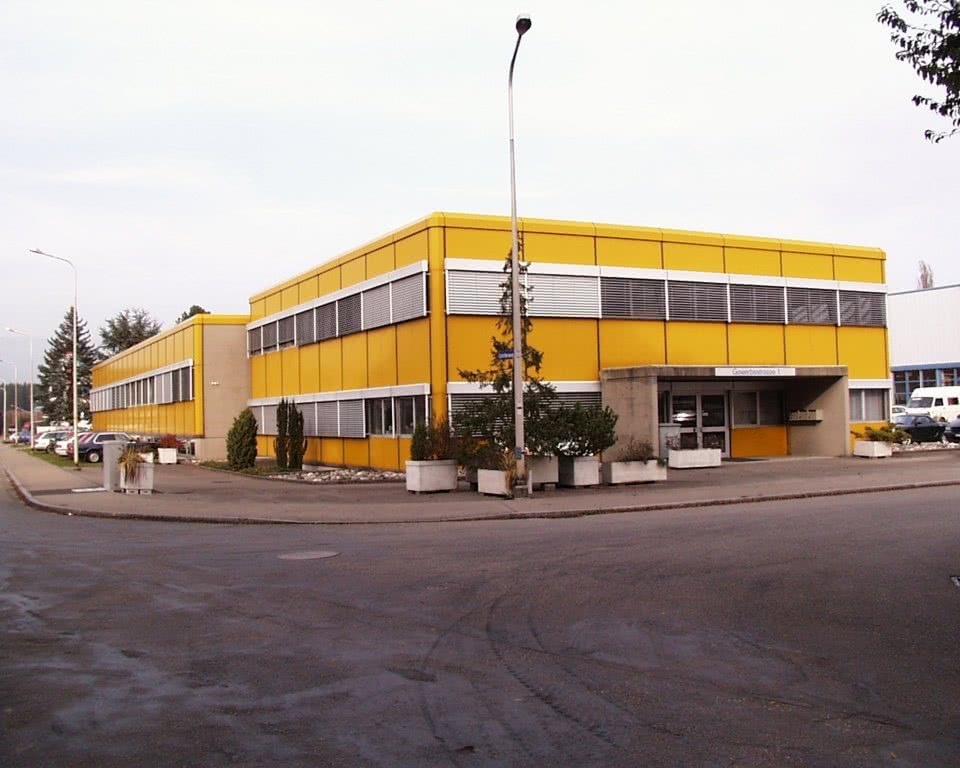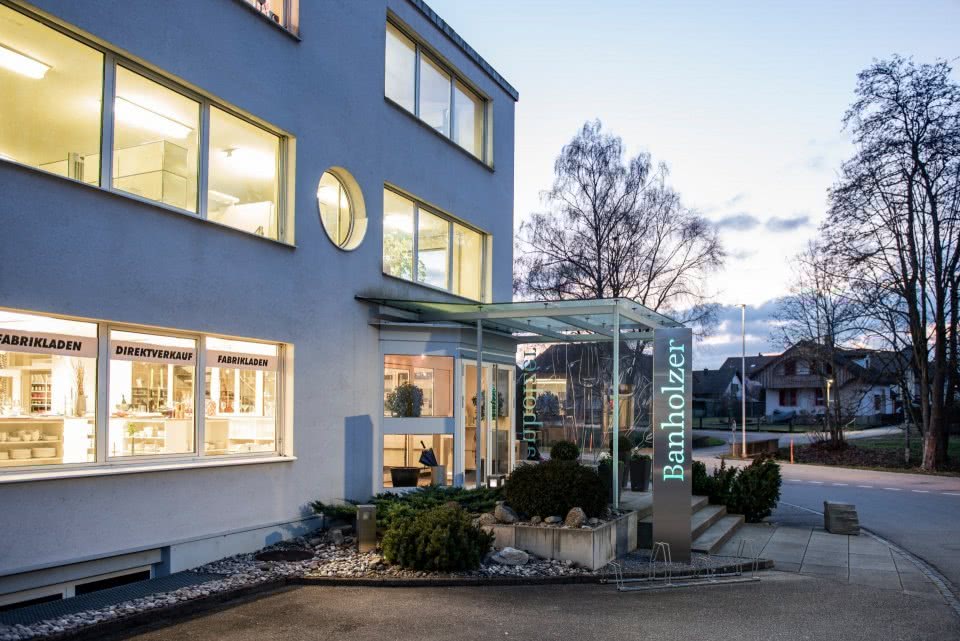Using the experience from the past, actively looking for new things and listening daily to what we can do for you as a customer. This is precisely why we are proud of our rich past and give you an insight into our company history.
1784 to 1818
Georg Wild & Cie, Menzenschwand
Georg Wild joined forces with a few friends and became involved in the trade and production of goods made of wood, glass, iron and pottery.
1818 to 1835
Wild, Dietsche, Willmann and Kleiser, Menzenschwand and Lucerne
According to a contract dated August 25, 1818, Georg and Cajetan Wild, who were later joined by Berthold Wild, Franz Joseph and Leopold Dietsche, Andreas Willmann, all from Menzenschwand, and Augustin Kleiser from Urach formed a new company. They had a working capital of 9284 guilders and a business was founded in Lucerne. Warehouses were maintained in Sarnen, Bremgarten, Aarau, Biel, St-Imier and Solothurn.
1835 to 1891
Wild, Dietsche & Cie, Menzenschwand, Lucerne, Solothurn, Biel and St-Imier
Augustin Kleiser left the company, but several Black Forest merchants joined the company, including Theodor Bauer from Menzenschwand, the stepfather of Cornel Banholzer. It was a great boost to the rise of business in Solothurn when the Solothurn when the Black Forest iron masters settled here for good. In the patrician house to the east of the marksmen's guild with front building, courtyard with fountain and and the rear building for the servants and the exit of the carriages. Urs Franz Tugginer-Vesperleder, mayor of Olten, lived here in the 13th century. From his The ironmongers bought it at auction from his descendants. 1845. the worldwide trade connections are surprising.
Wooden goods came from Menzenschwand (Black Forest), ironware and haberdashery from Schmalkhalden in Thuringia, stoneware from Saargmünd, glassware from the Baden glassworks, Aeule, window glass from Belgium, mirrors from Belgium, mirrors from Cologne, cutlery from Solingen and Essen, cristallerie from Paris and St. Louis and steelware from Birmingham.
The account books from this period show that the daily takings consisted of many small items and averaged and amounted to an average of 110 francs. Around 1850, a shovel cost shovel cost 2 francs, a pair of tongs 1.40 francs, a dozen knives 3.25 francs, a coffee grinder coffee grinder 5 francs and an aquarium with goldfish 7 francs.
1891 to 1913
Banholzer & Cie, Solothurn and Biel
Cornel Banholzer-Rudolf (1844-1914) was born in Bernau and attended school in Menzenschwand. He attended the grammar school in Biel for 2 years and learned French in Yverdon. At the age of 16, he joined the hardware store in Solothurn as an apprentice and completed his training as a commis. He was then sent to St-Imier as branch manager. After the descendants of Wild and Dietsche moved into the watchmaking industry, Cornel Banholzer became a partner and at the same time a citizen of Solothurn. On August 23, 1894, he became the sole owner of the company after Reinhard Mayer had taken over the St-Imier branch and Emil Siegwart the business premises in Biel. He lived to see the remodeling of the salesrooms in 1913, when goods from America were added to the range. Petrol lamps, heating stoves and table scales were added to the already considerable range. The new velocipedes and sewing machines were also particularly admired.
2017 until today
Banholzer AG, Deitingen
Sola Switzerland AG has been a new strategic partner and shareholder since 2017. This collaboration with the long-established and globally active company is an important step for Banholzer for the future. We have also expanded our range with the two showrooms in St. Gallen and St. Légier. With this development, our team has now grown to 45 employees.
